Meet the CAVForth project: The world's first autonomous bus
Edinburgh's AB1 route, in Scotland, lets the public catch a ride on an self-driving bus over the Forth Road Bridge. But is this really the future of public transit?

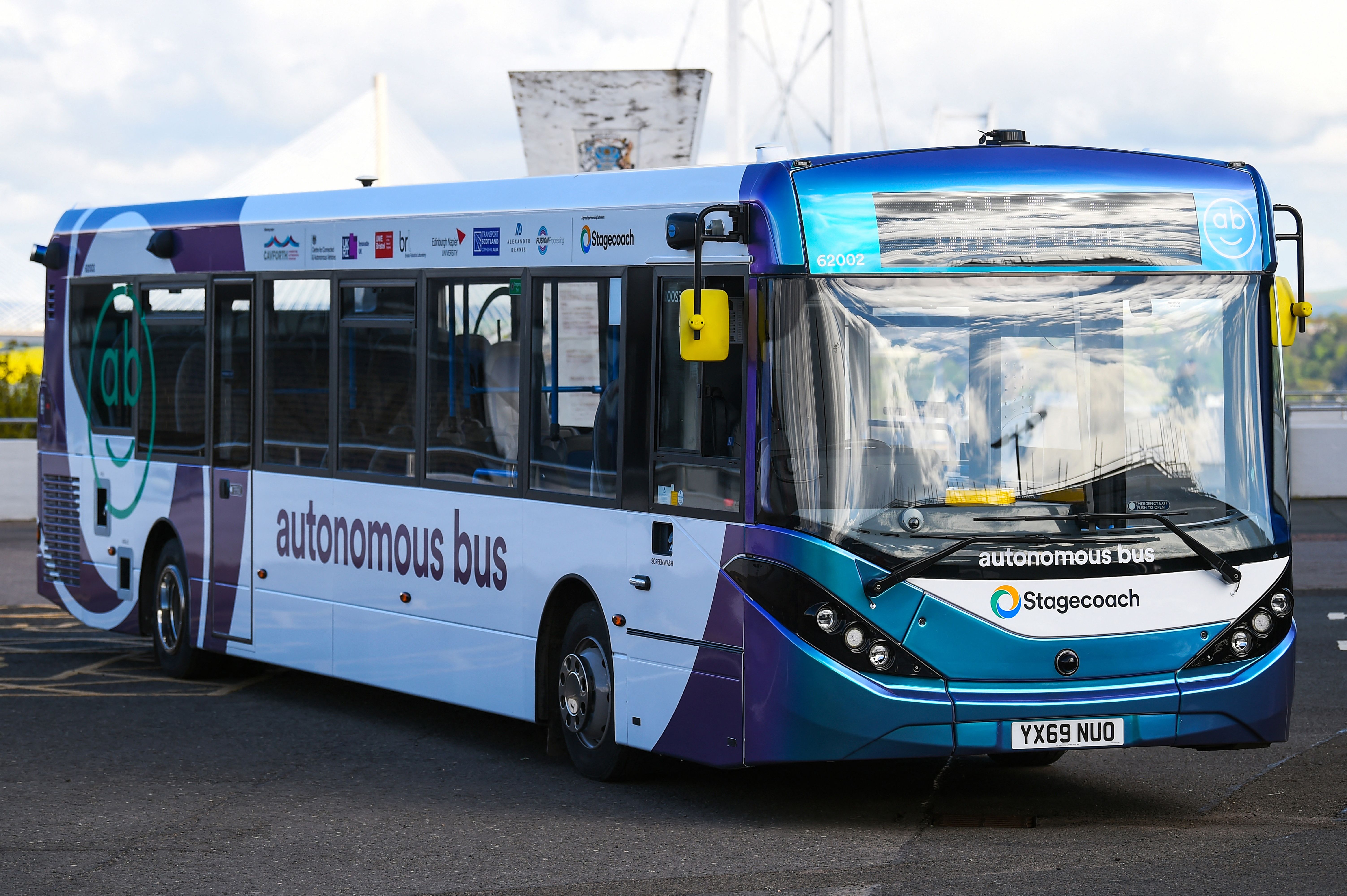
You’d be forgiven for assuming the birthplace of the world’s first autonomous bus is somewhere across the scorching Californian vista. For years startups and tech giants alike have been investing serious money into making driverless vehicles a reality.
Instead, however, you must cast your view some 5,000 miles east to Edinburgh, Scotland, to find the world’s first autonomous bus service operating on a real schedule with actual passengers. For the price of a bus ticket, you can hop on at Edinburgh Park and ride to Queensferry, before crossing the picturesque bridge, admiring the views of the famous Forth Bridge and Inchgarvie.
READ MORE

If the sensors are too subtle, perhaps “autonomous bus” plastered down its side will give away the true nature of vehicles running on the AB1 route. The five-bus fleet began operations in the middle of May, ferrying passengers via a 14-mile route at speeds up to 80kmph across the Forth Bridge Road as well as motorways, bus lanes, and private land; next year, if all goes well, the route will expand northwards to Dunfermline. It remains a trial, but it’s a trial on public roads and it can be used by anyone.
Driverless with two drivers
The CAVForth team is careful to call it an autonomous bus, which is much better than “driverless” given there are actually two members of staff on board: a safety driver, always at the wheel as required by UK law, as well as a “captain” on board to take tickets, assist customers with boarding and answer any riders’ questions. Both are professional drivers, so will alternate their roles to avoid the monotony of driving a self-driving vehicle.
The aim is to give a sense of what such a service will be like when the bus is entirely automated, with CAVForth making it clear there needs to always be a member of staff on board. Steven Russell, innovation manager at Stagecoach, notes it was abundantly clear from the early stages of the trial that keeping a person on board was key to ensuring people felt safe and could ask questions.
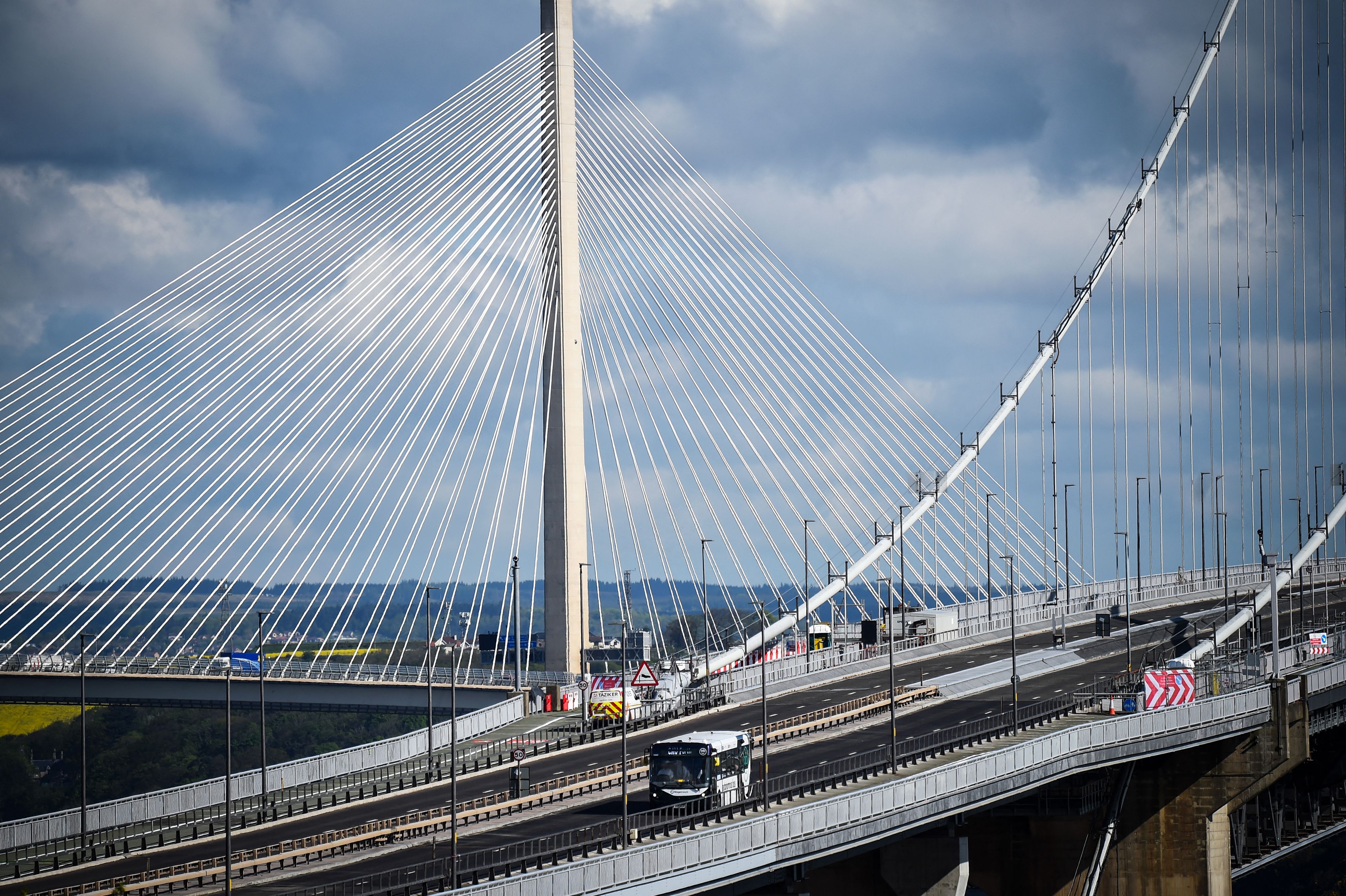

Russell has been innovation manager at Stagecoach Bus since May 2019 and a board trustee at Changeworks since April that same year. He describes his work as involving problem-solving, driving innovation and facilitating change. He was previously business designer at ESP Group.
Given there are two members of staff in this trial – double the number on most buses – what’s the point? For starters, the CAVForth project hopes to reduce avoidable accidents by 90%. Beyond this, organizers believe smoother, more efficient driving will slash costs of fuel, tires, and maintenance by as much as 25%, alongside a 10% improvement in running time due to faster loading.
Whether that bears out remains to be seen, but such savings are why Jim Fleming, director of marketing at Fusion Processing, believes self-driving systems make more sense on public transport than passenger cars. “When we’ve analyzed the market, we believe this technology will happen first… in commercial vehicles like buses and trucks, and that’s because these are professional organizations chasing down fuel savings and operational efficiency."
Sign up today and you will receive a free copy of our Future Focus 2025 report - the leading guidance on AI, cybersecurity and other IT challenges as per 700+ senior executives
What’s on board the world’s first autonomous bus?
The trial uses a fleet of four Alexander Dennis Enviro200AV vehicles with an extra as backup. These buses, the most common single-decker buses in the UK, feature British firm Fusion Processing’s CAVStar Automated Drive system, supported by three sets of Lidar, a suite of cameras and radar, with communications handled by satellite. “Different types of sensors have different strengths and different weaknesses, and by getting the right blend, you get the best of both worlds,” says Fleming.
Multiple types of sensors are necessary for safety, he adds. “We have a level four system, which means that the vehicle will behave safely in the event of a fault, even if there’s no intervention from a safety driver,” he says. “If one sensor gets taken out by a rock thrown up from the road, you have to be able to know that the vehicle is still capable of doing things.”

Based in Edinburgh, Scotland, Fleming has been Fusion Processing's director of marketing for more than 11 years. As a chartered marketer, he's worked with Fusion Processing colleagues on a range of autonomous vehicle technologies through the years.
READ MORE

The bus itself has been “digitized”, which is to say it uses drive-by-wire controls rather than manual. It then uses the sensor data to feed control systems, which in turn drive the bus. But note the plural, with three separate control systems in place. “There are two control systems doing the same job,” explains Fleming, as that offers redundancy in case one fails. “The third checks that yes indeed the other two have come to the same conclusion.”
Fleming describes the overall system as having three parts. First, it gathers data using the sensors (LIDAR, cameras, radar). “The second subsystem… makes sense of all that data to decide where the vehicle is and what should it do next,” he says. “And then the third subsystem is all the vehicle systems… that we communicate with to send digital requests to accelerate or steer or whatever.”
It’s worth emphasizing these systems are considered level four on the driverless scale, which means a human driver isn’t required to take the wheel if the system struggles to decide what to do; they should drive everywhere without human intervention, with a driver required by law rather than technical necessity.
Avoiding hurdles
So far, the level-four automation systems can manage 90% of the route, with the human driver handling the exit from the depot and a few other locations. The buses run seven days a week, unless the weather gets too bad. The systems should be able to handle heavy rain and snow, but the CAVForth team wants to err on the side of safety and collect data about how well the buses work in adverse conditions before sending them out in a storm.
The aim is to slowly expand the route and cover more areas, gathering data about the journeys and how the system works as they go. Drivers give their feedback after a shift, but the system also records for five seconds before and after whenever a driver takes control to monitor the conditions that require human intervention. That also includes whenever the driver honks the horn – so if the CAVForth AB1 honks at you, know that an autonomous engineer will be looking at the data.
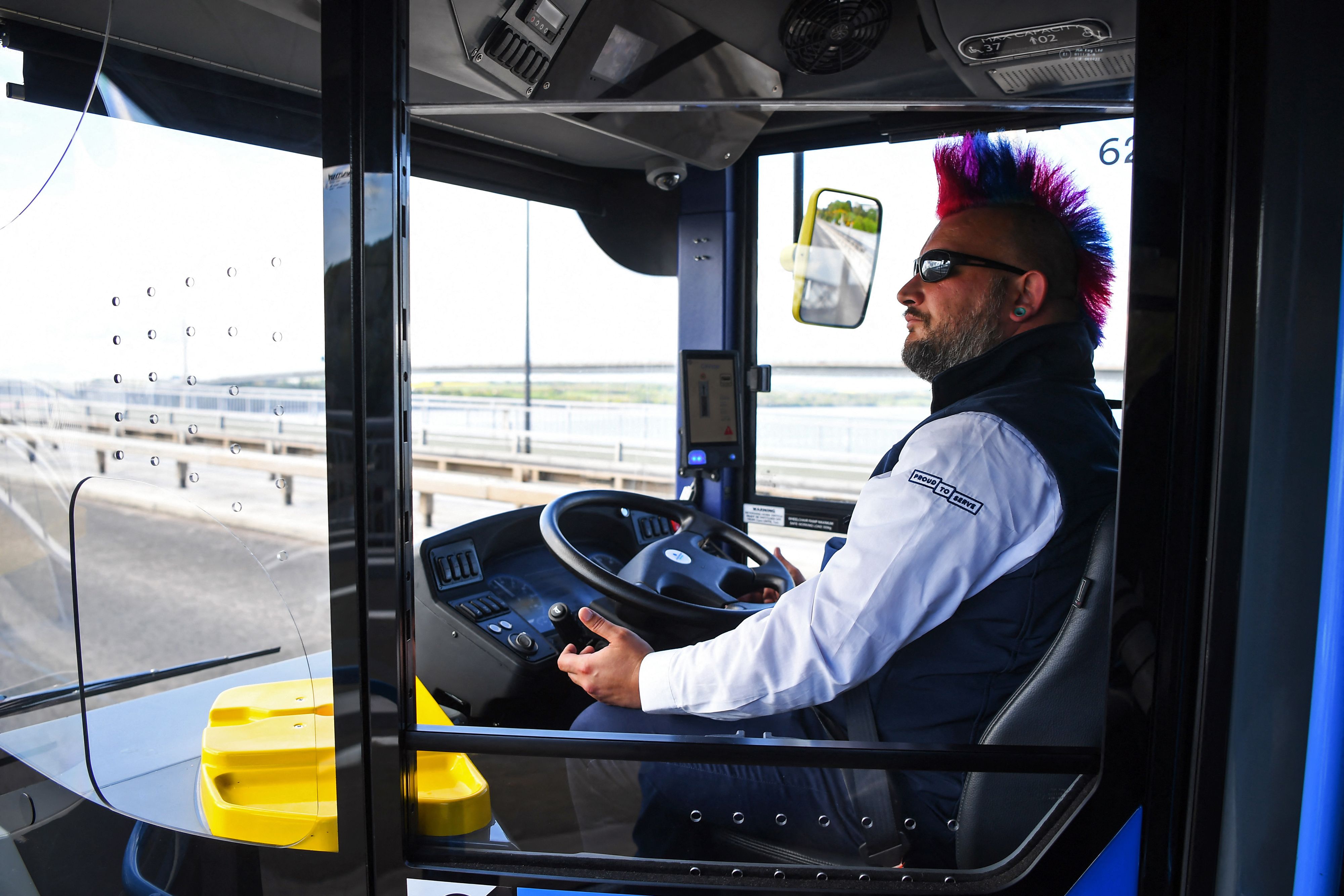
RELATED RESOURCE

Learn how GPT delivered winning sustainability outcomes and better business resiliency.
DOWNLOAD FOR FREE
The safety driver sits with their hands resting on the wheel; the idea is to actually rest, rather than grip the wheel as though they are driving, to save their energy and wrists. To take back control, it’s no different than cruise control, says Russell. “Tap the brake pedal, and it will just flip back [to manual controls].”
But there was more to setting up this trial than slapping sensors on a bus and running laps at a Stagecoach depot. To boost the chances of success, Transport Scotland has made a few tweaks to the route. This includes extra CCTV cameras to watch over the buses from a local control center, and adding connectivity to traffic lights, letting signals broadcast to the bus so it can plan its speed knowing in advance. The road has a shoulder as a safety feature and road markings have been given a new lick of paint.
Bristol Robotics Lab also stepped in to build a digital twin of the bus route, creating a simulation with what’s known as hazard injection, enabling it to be tested on rare risks without waiting for them to crop up naturally. “They’ve been supporting Fusion to challenge the system in simulation,” says Russell. “This allows them to test many different dangerous scenarios and check that the program is consistently responding as you would expect.”
Reinventing the bus
Most people are happy boarding a bus, regardless of whether AI or a person is driving, but Russell hopes the AB1 route will also draw tourists. “We’re expecting it to be popular with students, day trippers, and with the novelty factor potentially bringing in tourists.”
As part of the project, Edinburgh Napier University has run a series of surveys uncovering what people want from a self-driving bus. That revealed three broad themes: trust and safety; customer experience; and value. “People are wondering if the technology is safe,” Russell says. “And customer service, people are not quite sure what to expect from the vehicle and how to interact with it, and on value, not really understanding why we’re doing this and who benefits.

READ MORE IN OUR SERIES
This research is one reason there will be, for the foreseeable future, a human on board, as well as why the logo is a smiley face. “Research suggests that putting a smiley face on a robot makes them more human and approachable so that’s what we’re going for," says Russell. Finally, it revealed that opinions about self-driving technologies and autonomous buses “vastly improve with exposure”.
But what’s it actually like on board? Very similar to being on a regular bus, actually. After a few minutes aboard this world-first experience, we were either looking out the window, chatting, or urging the driver to take his hands from the wheel for a momeny to make an otherwise boring video a bit more intriguing. The driver eventually complied, raising his hands and smiling for the cameras. The bus – driven by sensors and AI – carried on as before.

Do you want to make your voice heard as an IT decision maker? The ITPro Network is a select group of senior IT professionals who contribute to ITPro’s unique content through interviews, opinion, podcast appearances and more.
Members also get access to monthly group chats and other exclusive content and events. Interested? Fill out this form to apply.
(Please note we cannot accept applications from vendors at this time).
Freelance journalist Nicole Kobie first started writing for ITPro in 2007, with bylines in New Scientist, Wired, PC Pro and many more.
Nicole the author of a book about the history of technology, The Long History of the Future.
-
 I couldn’t escape the iPhone 17 Pro this year – and it’s about time we redefined business phones
I couldn’t escape the iPhone 17 Pro this year – and it’s about time we redefined business phonesOpinion ITPro is back on smartphone reviews, as they grow more and more intertwined with our work-life balance
-
 When everything connects, everything’s at risk
When everything connects, everything’s at riskIndustry Insights Growing IoT complexity demands dynamic, automated security for visibility, compliance, and resilience
-
 Why cutting-edge innovation is killing the planet
Why cutting-edge innovation is killing the planetIn-depth AI and robots will do our work, we’ll get paid in cryptocurrency, and cars will drive themselves – but each of these technologies is a massive energy hog
-
 Sonatus secures $35 billion to spur software-defined vehicles
Sonatus secures $35 billion to spur software-defined vehiclesNews The funding will be used to turn cars into data centers on wheels
-
 Oculii raises $55 million for its AI-powered radar software
Oculii raises $55 million for its AI-powered radar softwareNews The VAI platform by Oculii improves the angular resolution of any radar by up to 100 times
-
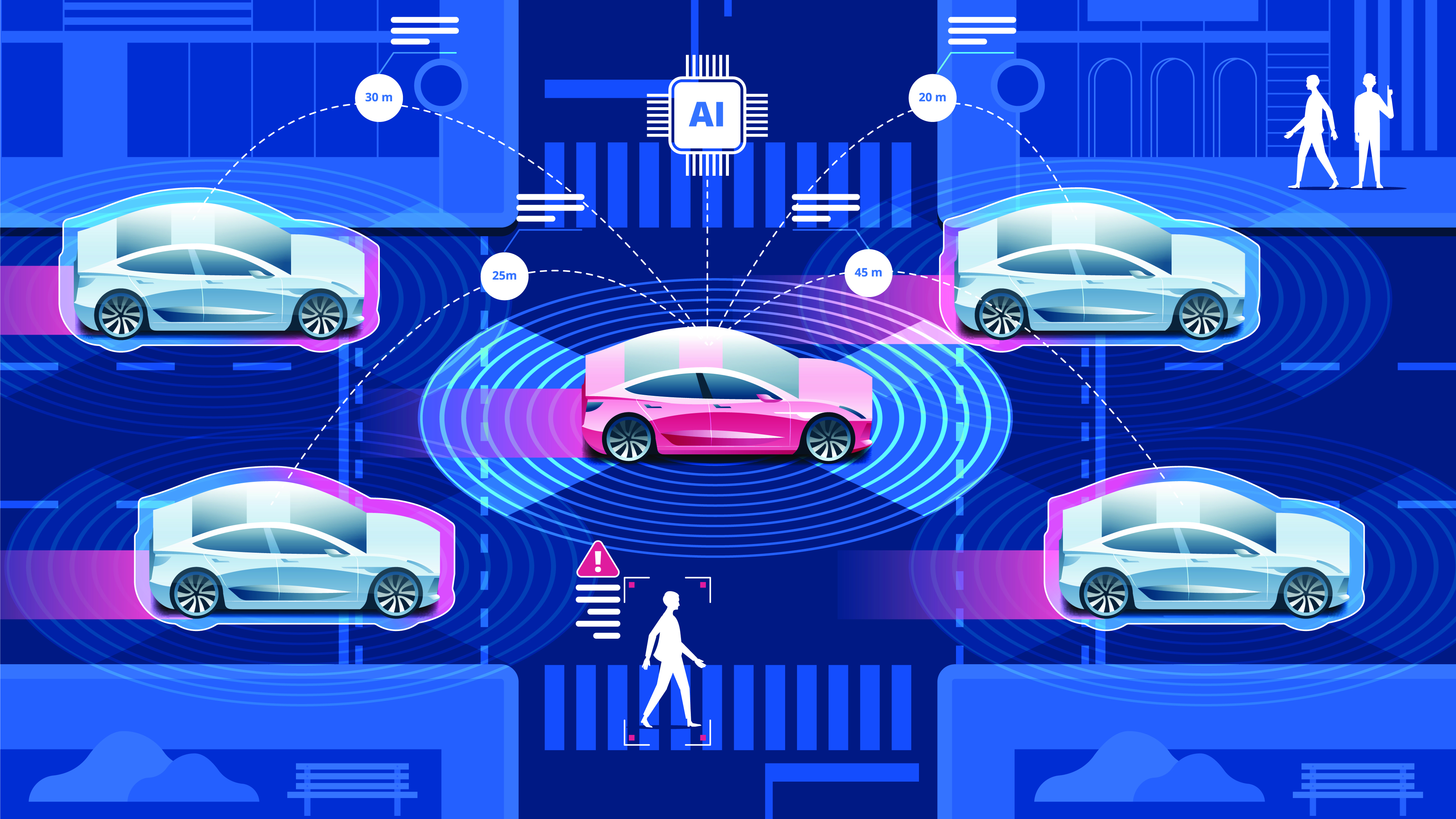 ZF augments vehicle intelligence with next-gen AI supercomputer
ZF augments vehicle intelligence with next-gen AI supercomputerNews New ZF ProAI packs a punch with up to 66% more computing power than its predecessor
-
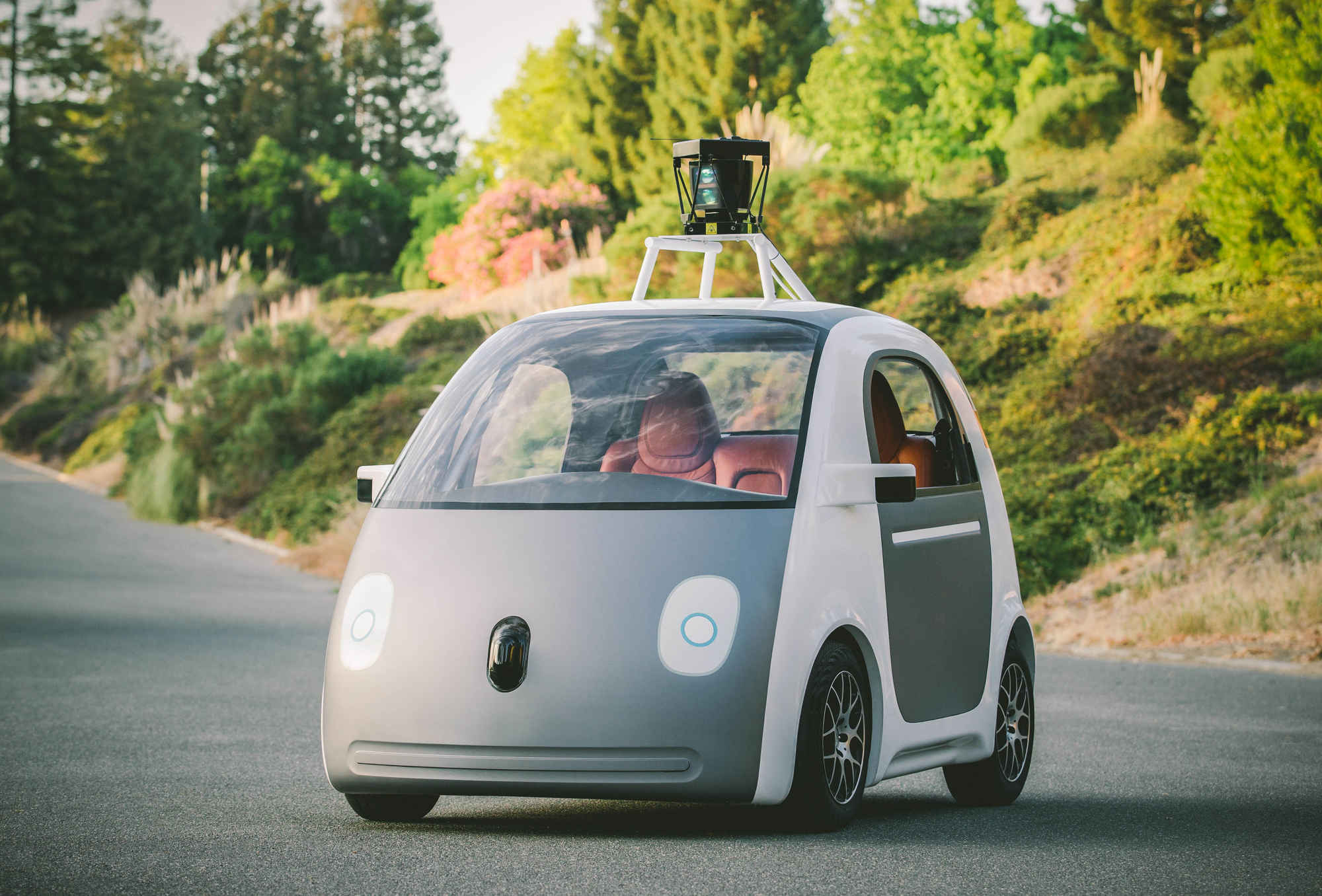 Why driverless cars don't belong on public roads (yet)
Why driverless cars don't belong on public roads (yet)Opinion Autonomous vehicles still can't account for human error
-
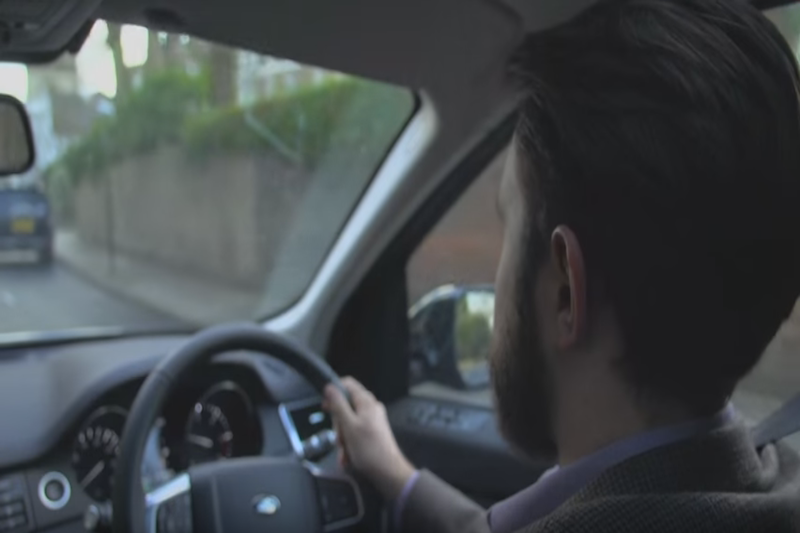 Autonomous cars may prompt the changing of Australian drink-driving laws
Autonomous cars may prompt the changing of Australian drink-driving lawsNews The rise of autonomous vehicles could significantly change future driving laws
-
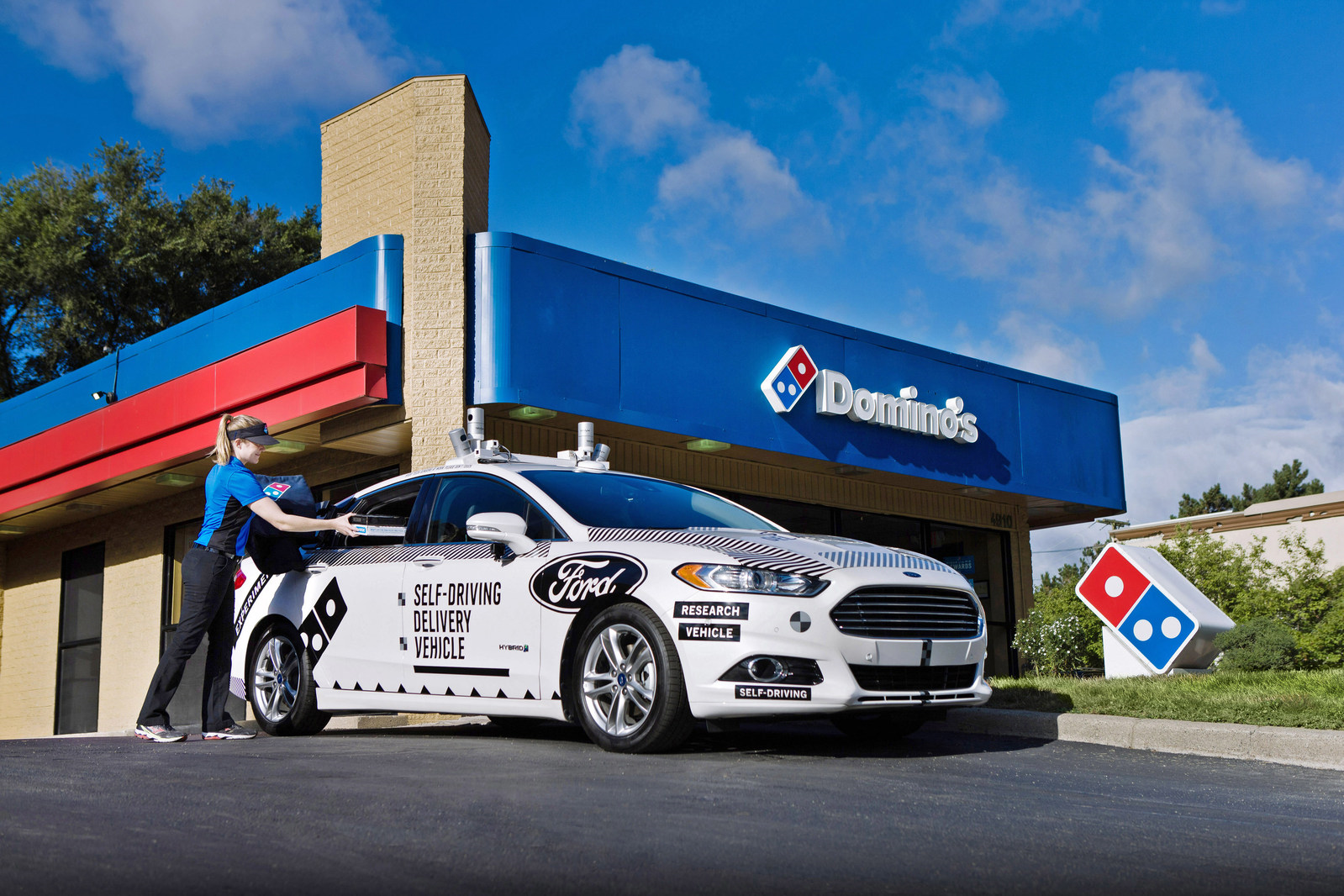 One large pizza, extra onions, hold the tech gimmicks
One large pizza, extra onions, hold the tech gimmicksOpinion Driverless pizza deliveries do nothing for customer service, argues Jane McCallion
-
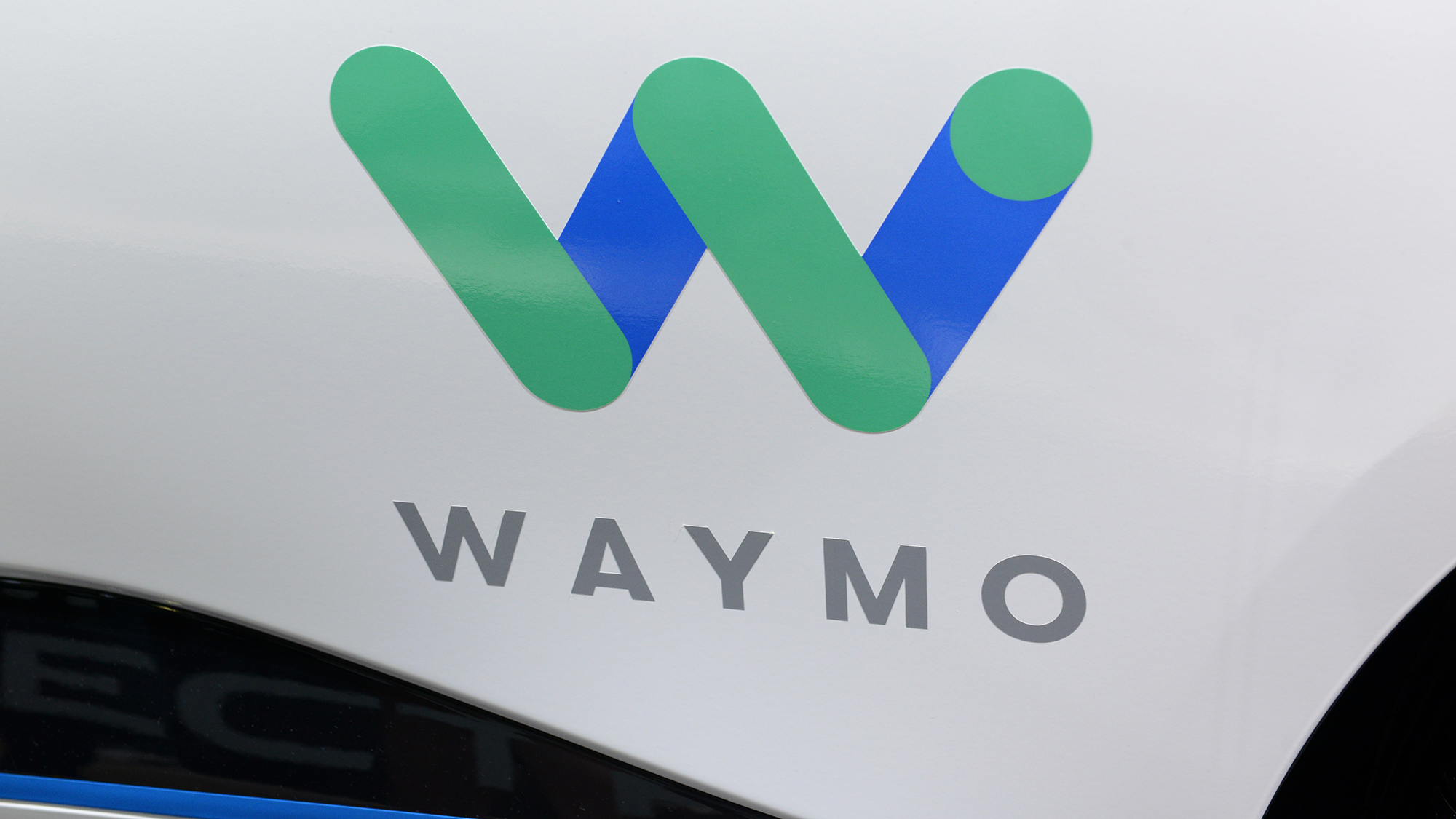 Google's Waymo company wants to make soft autonomous cars
Google's Waymo company wants to make soft autonomous carsNews A patent describes cars that soften before impact

